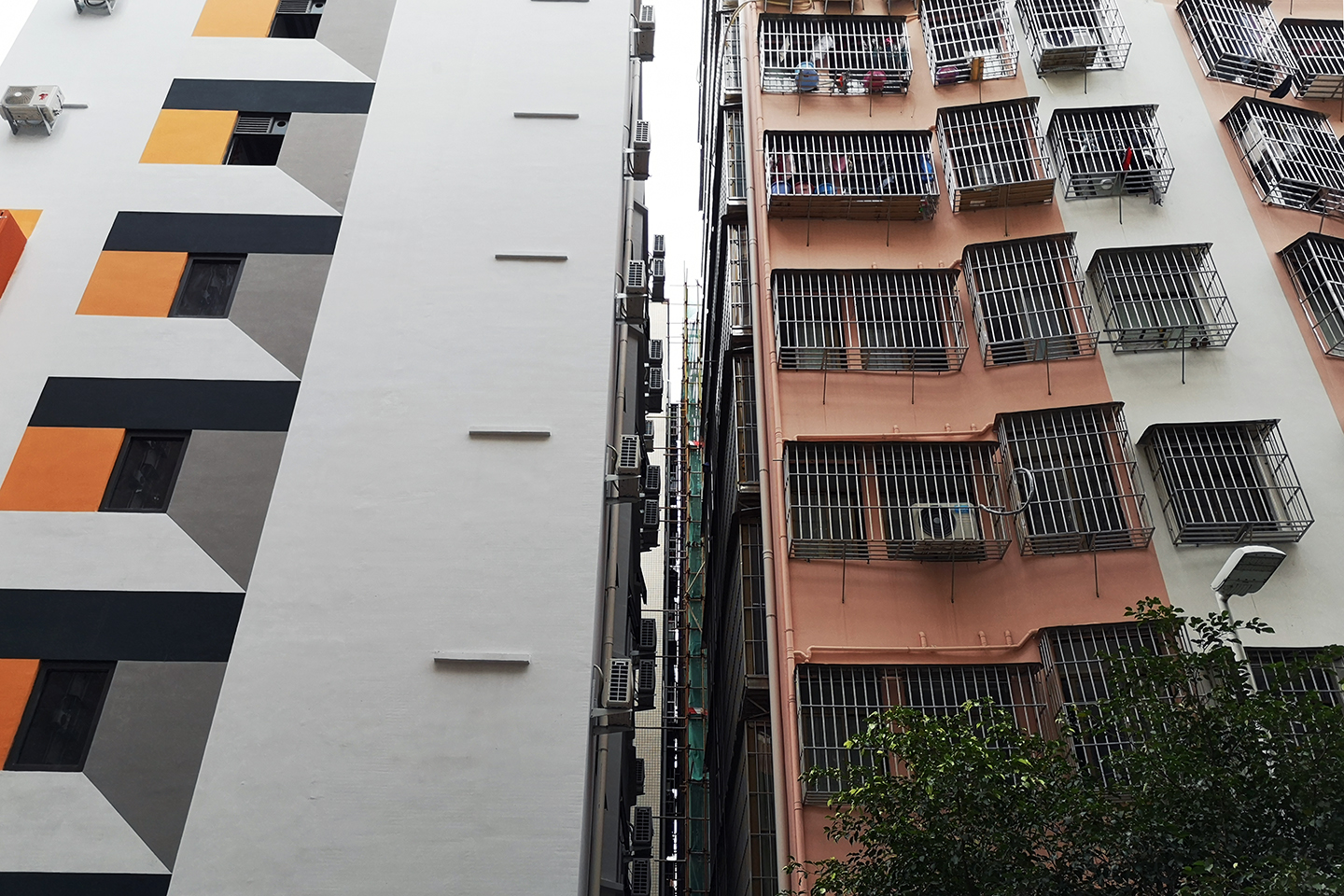Is Gentrification Inevitable in Urban Village Renewal Projects? The case of Vanke’ Wancun Project in Shenzhen
Shenzhen now has over one thousand urban villages covering 5,510 hectares. Homes in these villages are believed to accommodate more than ten million people, accounting for 70% of the rental market in the city. However, urban villages, for a long time considered eyesores by local government, hold great spatial potential for future socioeconomic development, as a series of studies by Urbanus shows. The local government also realizes that wholesale demolition and reconstruction is not a viable option given its huge cost and reinvestment, as well as eviction-related social unrest.
In 2016, Shenzhen announced its 13th Five-Year Plan for Urban Renewal – one million flats in urban villages were to be redeveloped, with comprehensive improvements in built environment and basic infrastructure. Following such calls, also under tightened national policies on the property market, Vanke Real Estate Group, along with many smaller property developers, are exploring new business opportunities in the rental market of urban villages.
In 2017, Vanke launched the “Wancun Project” (万村计划 wancun jihua, ‘One Thousand Villages Plan’) aimed at the regeneration of urban villages. Up until the end of last year, Vanke had taken over more than 2,000 buildings on a 10-15 year leasehold with landlords in dozens of urban villages. With a systematic rehabilitation and redecoration, Vanke converts these poorly maintained self-built apartment buildings into new, modern and fully-equipped ‘long-term rental houses’ (长租公寓 changzu gongyu). There are two main types of apartments – ‘youth apartments’ (泊寓 poyu) and ‘family apartments’ (禾寓 heyu), with Vanke planning on providing ‘serviced apartments’ tailored to government and private enterprise needs in the future.
Wancun Project revamped slum-like urban villages and provided a more livable environment for their dwellers. Moreover, it allows government to see the value of this kind of urban heritage and the possibility to revitalizing it. The project also attracts young professionals and introduces a certain social mix into these areas.
However, an open letter written by workers at Foxconn shines a spotlight on some of the controversies surrounding these developments. Foxconn workers claimed they were forced out of their apartments due to rent rises caused by Vanke’s redevelopment in Qinghu Village. Although Vanke guaranteed that rent levels for renovated flats would remain within the same price range i.e. a 10% increase for the first three years, the reality proved to be otherwise. For example, in Xinweizai Village, the rent for a 15m2 studio increased from 650 to 898 CNY per month; this amounts to a serious burden for low-wage workers, one which could eventually force them out of the area.
This causes a ripple effect with displaced tenants having to find alternative housing, causing an increase in demand and an increase in overall rent levels. Meanwhile, private sector landlords follow in Vanke’s footsteps and upgrade their own apartments with increased rents which leads to better-paid white-collar workers moving into the area and a slow gentrification of the housing and business environment as it adapts to the lifestyle of the middle class. Urban villages in Shenzhen have been providing millions of urban poor with affordable housing and low-cost living, especially for newcomers who migrated from rural areas. However, this function of the ‘arrival city’ is diminishing and the future of urban villages is in question.
-
2019/03/13

-
Shenzhen

-
Liu Ying


the other map
Explore arrow
arrow
loading map - please wait...




